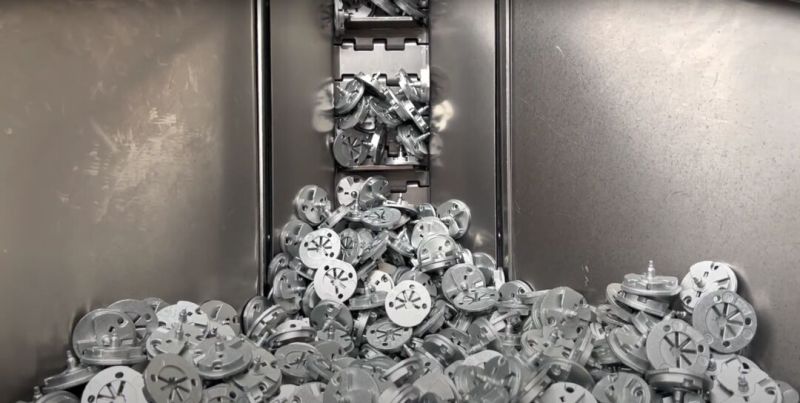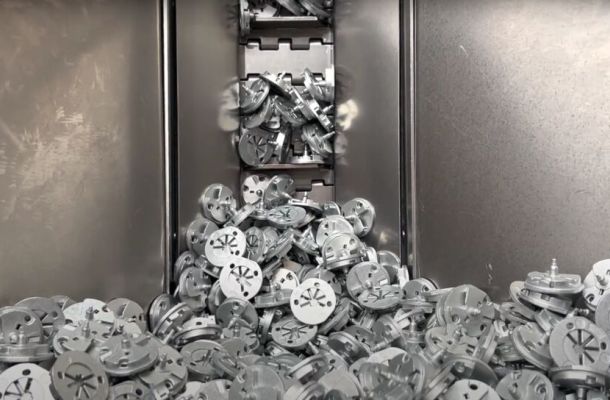
Zamak or Zamac? Which is correct?
The internationalisation of industry necessitates that many of the terms used in everyday work result from adaptations of words from other languages, such as English or German. This facilitates communication and helps avoid errors arising from incorrect translation and streamlining processes between companies in different countries. This practice does not eliminate discrepancies in 100% of cases, and one such example in the industrial language is zamak.
"Zamak" or "Zamac"? Both refer to the same alloy but with different spellings. Which is correct? The short answer is that both are correct. As we at Jegan specialise in pressure die casting of zamak, we are sharing the long answer with you. Read on to discover why zamak and zamac are correct, along with other important information about this zinc alloy.
Zamak and zamac: both can be correct
Zamak is a family of zinc alloys with aluminium, magnesium, and copper elements. Its name comes from the German acronym "ZAMAK" (Zinc, Aluminium, Magnesium, Kupfer). These alloys are highly valued in the pressure die-casting industry for their precision, durability, and ease of moulding. The versatility of zamak allows it to be used in a wide range of applications, from automotive components to household appliance parts and decorative items.
The difference in the spelling of "zamak" and "zamac" mainly lies in translation and linguistic adaptation. "Zamak" is the more commonly used form in Europe and derives from the German acronym, whereas "zamac" is more common in English-speaking countries. Both forms are correct and recognised in the industry, so choosing one over the other depends on the context and local preferences.
Zamak and calamine
Looking back in history, we can find another term used to refer to this zinc alloy. In some historical and geographical contexts, zamak was also known as calamine. This term was used to describe a mixture of zinc with other metals, especially before zinc alloys were developed and standardised today. Although "calamine" has fallen out of use in modern industry, it is interesting to note how knowledge and terminology have evolved to the zamak we know today.
Advantages of zamak over other materials
One of the main advantages of zamak is its excellent casting ability. Compared to other materials such as steel or aluminium, zamak has a lower melting point, facilitating moulding and creating finely detailed and complex parts. Additionally, zamak offers excellent mechanical strength and corrosion resistance, making it ideal for components requiring durability and precision.
Another significant advantage of zamak is its recyclability, making it a sustainable material. Furthermore, its manufacturing process is efficient and generates less waste, reducing environmental impact. Finally, its capacity to be coated with different surface finishes allows for great versatility in both aesthetic and industrial applications.
Jegan: pressure die-casting of zamak
At Jegan, as specialists in pressure die casting and suppliers of injected zamak parts, we can address your queries and assess the feasibility of your project involving injected zamak components across various sectors. Contact us to explore the possibilities.


